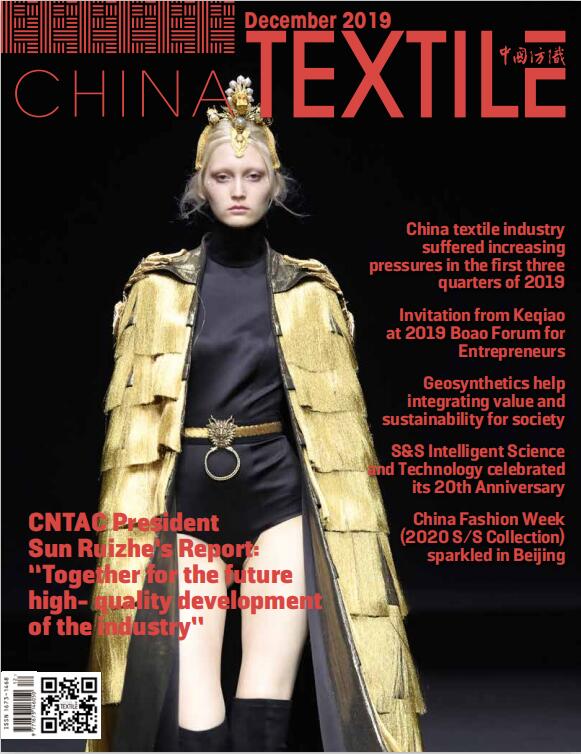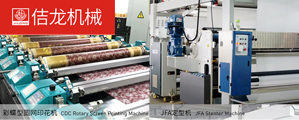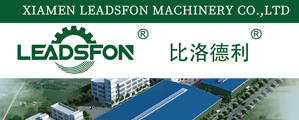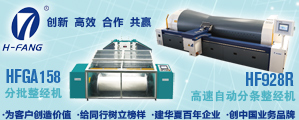Swiss textile machinery exports jump 12.2% in H1 2025, amidst trade headwinds
Oct 23, 2025 | by

Interview with Ms. Cornelia Buchwalder, Secretary General, Swiss Textile Machinery
The Swiss textile machinery industry has staged a strong recovery in the first half of 2025, with export volumes rising by 12.2% compared to the same period last year. This positive rebound marks a significant turnaround from a challenging 2024, which saw exports decline by 17.7%.
The upturn is fueled by renewed demand from key Asian markets, including China, India, and Bangladesh, alongside growing interest from Southeast Asia and North Africa. This resurgence highlights the resilience of Swiss manufacturers and the global industry's ongoing drive toward advanced and sustainable technologies, even amidst complex global economic conditions.
However, the industry faces a significant headwind in the form of US trade policy. All Swiss exports to the United States are now subject to a 39% import duty, placing Swiss manufacturers at a severe disadvantage against competitors from the EU and Japan who face lower tariffs.
“This current tariff situation is a serious challenge,” stated Cornelia Buchwalder, Secretary General of Swiss Textile Machinery. “Swiss companies are actively evaluating the impact, but for many - especially small and medium-sized enterprises without U.S.-based production - the increased tariff burden may make the American market commercially unviable.” In response, the industry association Swissmem is urging the Swiss Federal Council to pursue diplomatic solutions while encouraging manufacturers to strengthen their presence in other strategic markets across Asia, North Africa, and Latin America.
Showcasing innovation at ITMA ASIA
The industry's innovative spirit is on full display at ITMA ASIA + CITME 2025 in Singapore, where 29 Swiss companies are exhibiting. These firms represent the entire textile value chain, presenting solutions focused on energy efficiency, digital integration, and sustainable manufacturing.
Swiss manufacturers are unveiling a new generation of intelligent and connected machinery. Key trends include AI-powered process optimization, predictive maintenance, robotic automation, and digital twin technology. Cloud-based monitoring platforms and new systems for dyeing and spinning that drastically reduce water and energy consumption are shifting the focus from single machine innovations to fully integrated, system-wide solutions.
Strategic focus on Southeast Asia
Southeast Asia remains a pivotal growth region for Swiss textile machinery. Countries like Vietnam, Bangladesh, and Indonesia are heavily investing in upgrading to efficient and sustainable production methods. The strong reputation of Swiss machinery for reliability, low resource consumption, and digital readiness makes it highly competitive there.
Factories in the region show strongest demand for spinning, dyeing, weaving, finishing, and quality control equipment, especially in sectors prioritizing automation and sustainability. To serve these markets better, Swiss companies are investing heavily in local service, training, and sales hubs in the ASEAN region, ensuring close customer relationships and rapid technical support.
“Many Swiss textile machinery manufacturers have a strong industrial presence in Asia. A significant proportion of our member companies have production sites in China and India, serving both local and regional markets. Specifically in the ASEAN region, Swiss companies are investing heavily in service, training and sales hubs to provide faster support, build technical capacity, and maintain close relationships with customers.” Ms. Cornelia Buchwalder said.
These local structures ensure that Swiss technology is accessible and well-adapted to the operational needs of textile producers in countries such as Vietnam, Indonesia, Thailand, and Bangladesh. This regional engagement is a vital component of our long-term strategy to promote sustainable growth and technological advancement throughout Southeast Asia.
Addressing global challenges
The global textile industry continues to grapple with weak demand, rising energy costs, trade friction, and stricter environmental regulations. Manufacturers are advised to accelerate their shift toward automation, digital integration, and circular production models to stay competitive.
Furthermore, attracting the next generation of talent is crucial. To counter the perception of being a traditional sector, the industry is rebranding itself as a high-tech, purpose-driven field. “The textile machinery sector of today involves AI, robotics, and sustainable engineering,” emphasized Buchwalder. Swiss companies are collaborating with educational institutions to offer training and showcase the opportunity to shape a more intelligent and sustainable future for manufacturing.
“Young professionals want to make an impact,” she added. “We offer them the chance to influence how clothes and technical fabrics are produced.”








